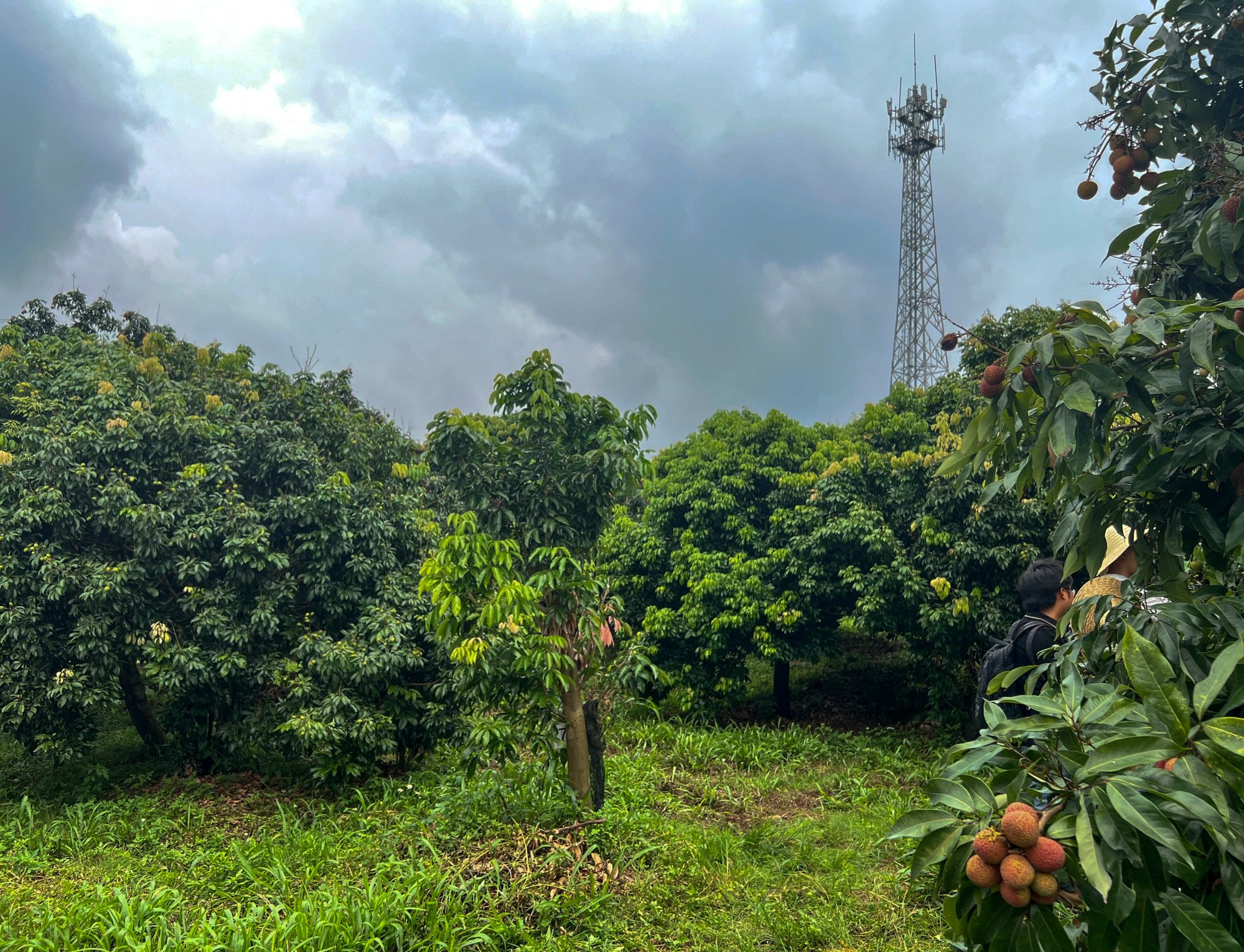In the heart of an 11-acre lychee orchard, Yin Yaocheng begins his daily labour early in the morning. But unlike some of his fellow farmers, who spend the day ploughing fields or harvesting fruit, Yin films himself taking leisurely strolls among lush trees while talking into a smartphone.

“The commercialisation of 5G-Advanced will support the creation of an ‘information highway’ that’s ubiquitous and fast, providing the infrastructure for an intelligent era,” said Hou Yingzhen, president of 5G marketing and solution sales at Huawei.
China Unicom, one of China’s big three telecommunications network operators, has offered farmers a 5G service package tailored for live-streaming users that gives subscribers priority in uplink speed and traffic through so-called 5G-slicing technology.
Yin said the enhanced 5G coverage has allowed him to live stream in wider areas of the farm with better video quality. In the past, he had to stick to one spot where the signal was the strongest.
“A leaf only moves when the wind touches it, and a flower becomes more vibrant when the sun shines on it,” Yin said. “With the technology, we can better showcase these details to our viewers through live streams, and ultimately boost sales conversion.”

Building 5G networks in rural areas entails higher costs, as pieces of infrastructure are spaced further apart compared to those in cities, according to Wang Liang, deputy general manager of production innovation at China Unicom’s Guangdong branch. It is also more difficult to generate investment returns in less populous areas, he said.
Still, China has made a strong push in recent years to upgrade digital infrastructure in rural areas, an effort that has motivated enterprises to invest in and deploy connected devices to boost production and sales in agriculture, Wang added.
Guangdong had over 326,000 5G base stations as of the end of 2023, covering nearly all prefecture, county and town-level urban areas, as well as 94.5 per cent of village-level divisions, according to official data. This year, the province plans to add 38,000 stations and 18 million users.

Zengcheng has invested around 10 million yuan (US$1.4 million) annually in the past four to five years to upgrade its 5G network and other digital infrastructure, according to Tan Yushan, section chief of market information and science and education at the district’s agricultural and rural bureau.
Yin, the farmer, is concerned that the shortage will drive up lychee prices by so much that consumers are no longer willing to buy them – even with the help of live streaming.
“Some premium varieties may see their prices more than double this year, which makes it harder to sell,” he said.

